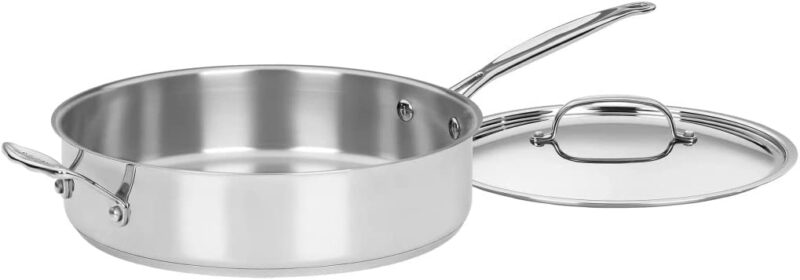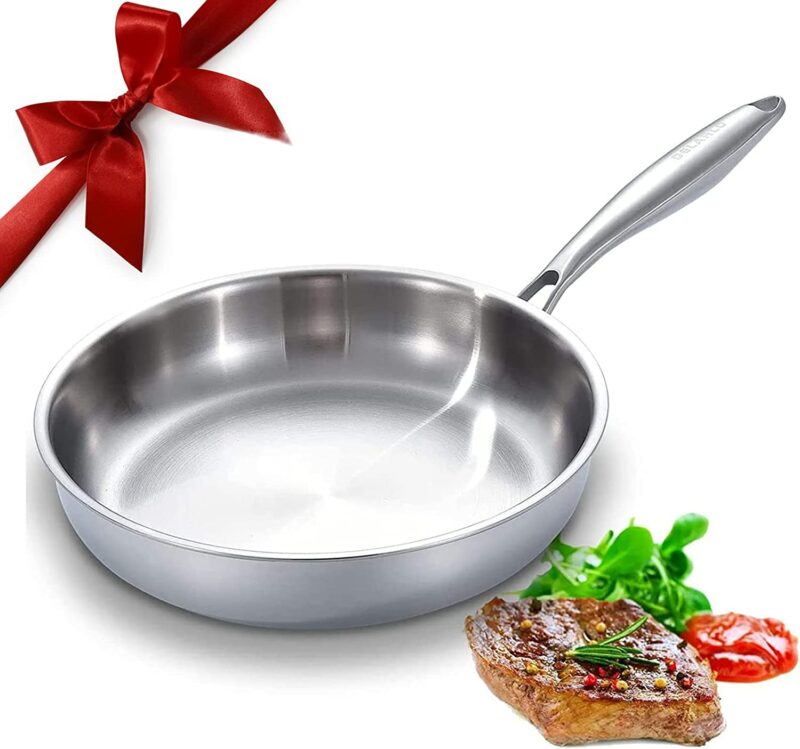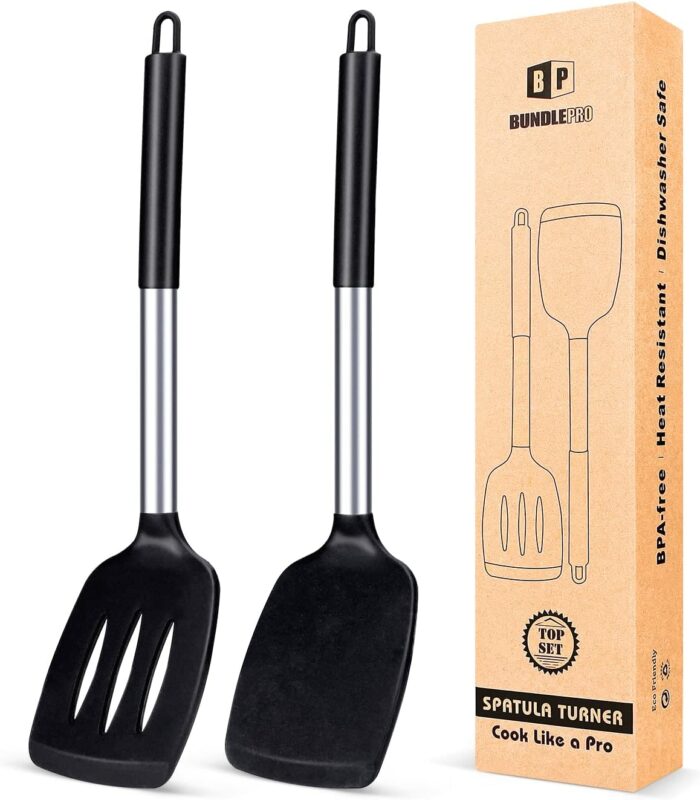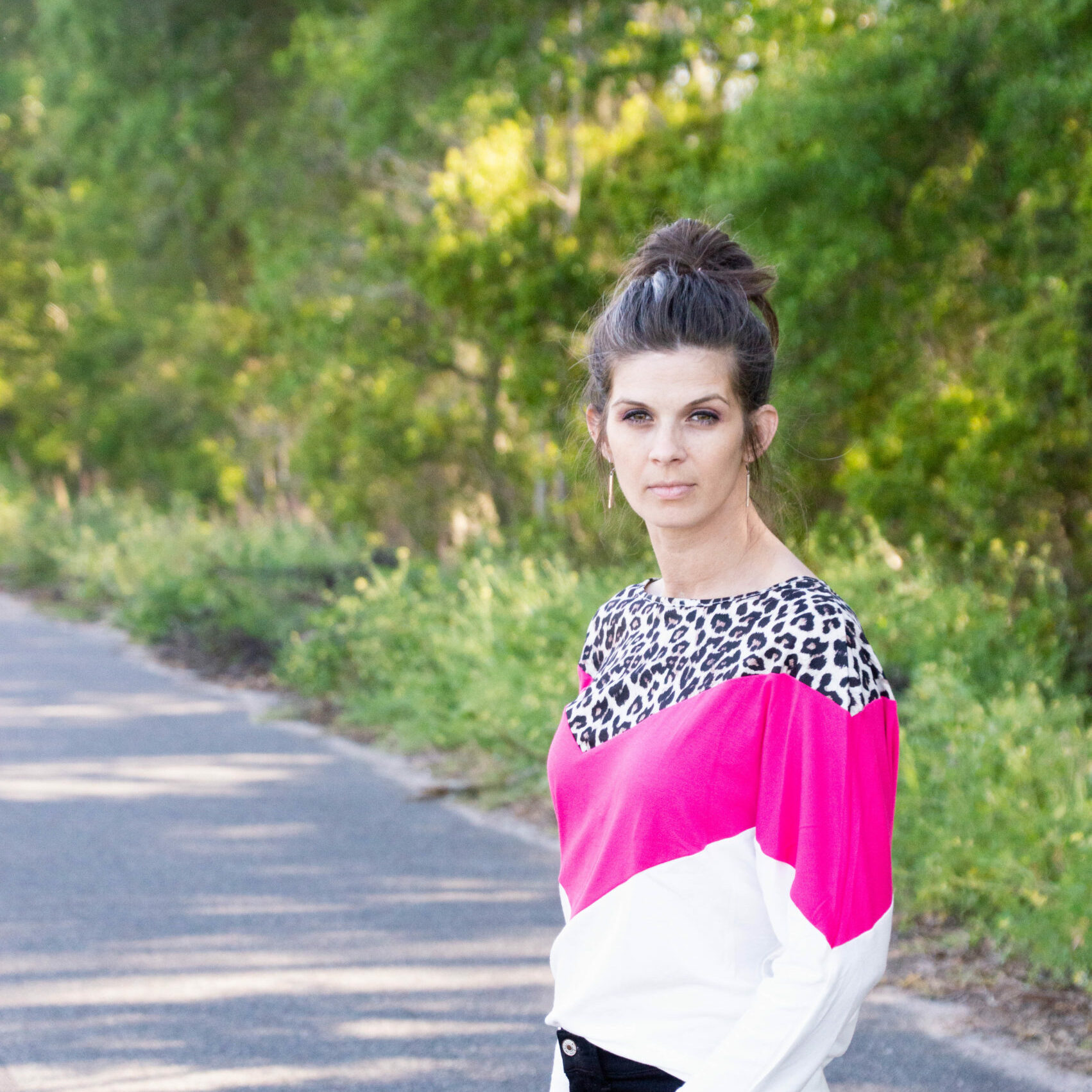Sautéing Cooking Method
The translation from the original word is “to jump”. This can mean the way the food sort of jumps around in the hot oil, or the way the chef tosses the food in the pan because during the sautéing cooking method, some chefs toss the ingredients in a controlled loop that promotes even cooking, and helps control the pan’s temperatures. Fats and oils are also sometimes used to help control the temperature as well as to add moisture.
If you cook often, you’ve probably already sautéed something, and just didn’t realize it. Softening tomatoes and peppers to top pasta, caramelizing onions and garlic, or browning mushrooms would be achieved through sautéing. The advantages of sautéing is a faster cook time, and the retention of the vivid colors and flavors. The disadvantages are that it’s less healthy because of the presence of the fat/oil, and that it needs constant supervision to toss and mix while cooking.
Sautéing is a dry-heat cooking method in which the food is rapidly cooked in a minimal amount of fat and/or oil over higher heat. This is considered one of the more basic, common techniques, and it’s a fast, flavorful technique when cooking fish filets, tender vegetables, and meat cutlets. However, because it’s a fast technique, this cooking method doesn’t have tenderizing effects. Therefore, this cooking method is better suited for naturally tender foods that are also sliced thinner.
The sautéing cooking method uses a small amount of oil/fat; just enough to coat the bottom of the pan as well as what you’re cooking. The fats and/or oils that are used when sautéing help prevent sticking, aid in browning, and add to the flavor. I usually mix 1/2 oil & 1/2 butter when sautéing. This allows me to raise the temperature without burning the butter because the oil can be heated to a higher temperature, but still have the added flavor of the butter.
Juices, sugars, and bits of proteins are released during cooking, and they caramelize into the pan. An element to sautéing is capturing these flavors in the pan by “deglazing”, adding a slightly acidic liquid, such as milk or wine to release the caramelization. This forms the base for a sauce or a gravy that you can make afterwards in the same pan to be served with the sautéed items. The sauce or gravy captures the flavors lost during cooking, it also adds an additional flavor, and it counteracts the dryness that can result from high-heat searing.
This method requires that you add the ingredients to a hot pan, making sure to first blot the food items dry to reduce surface moisture. Moisture on the foods can cause the hot oil to splatter. Also, browning doesn’t occur when cooking until the moisture is removed. Further, don’t overcrowd the pan, this will lower the pan’s temperature. You want to have one layer of food in the pan at a time. If you need to, sauté in smaller batches.
Different levels of heat will return different results. For example, high heat offers quicker browning, whereas medium and low heat will soften and brown more slowly. Similarly, although the method is the same for veggies as for meat, different times will be used for different foods. Harder vegetables such as sweet potatoes and carrots can take 10-15 minutes, medium-firm vegetables like onions and celery can take about 6-8 minutes, and softer veggies – peas, squash, zucchini – take around 3-5 minutes.
- How to Sauté:
- Heat your pan or skillet.
- It’s important to heat the pan before adding the oil and/or the fat to succeed when sautéing, and to better prevent sticking.
- Once hot, add just enough oil/fat to coat the bottom of the pan and swirl it around to make sure the bottom of the pan is covered.
- Once the oil is hot, add your already prepped ingredients, stir them around to coat the food with the oil, and distribute them evenly across the pan.
- My testing method to see if the oil is hot enough, which probably isn’t the best or the safest method mind you, is to sprinkle a few small drops of water into the oil. If it reacts kind of like a simmer, it’s ready.
- Making sure the food pieces are uniform in size and in thickness will help with even cooking.
- Continue cooking, stirring as needed to keep the ingredients from sticking to the pan. You should try to let each side brown before you turn it.
- If it sticks, try not to fight it too much. The pan should release the food when it’s done cooking.
- Keep an eye on the doneness, and flip your food when it’s browned. This isn’t one of the cooking methods where you can just walk away while it’s cooking.
- Heat your pan or skillet.
An ideal temperature is around 350°, but this may vary for different stoves and different pans. If the oil is boiling, it’s way too hot. If the heat is too low, the foods will release more of their liquids resulting in steaming instead of sautéing. Don’t cover the pan, this traps the liquids that are released by the food which will also result in steaming. This is true for over-crowding the pan as well because there isn’t enough space to let the steam evaporate.
sautéing is similar to pan-frying, stir-frying, and searing, but each of the four is its own cooking method. sautéing involves a bit more stirring than pan-frying, but not as much as stir-frying since you don’t want to over stir the food for this method like you do with stir-frying. When pan-frying, the food is submerged in the fat/oil for heat, but sautéing uses the direct heat of the pan. Searing involves no oil and is a surface treatment before further cooking the foods a different way.
Tools needed for sautéing are a large skillet or sautéing pan, the fat/oil of your choice, and a spatula.
Recommended Amazon Products for the Sautéing Cooking Method:
As an Amazon Associate I earn from qualifying purchases.




